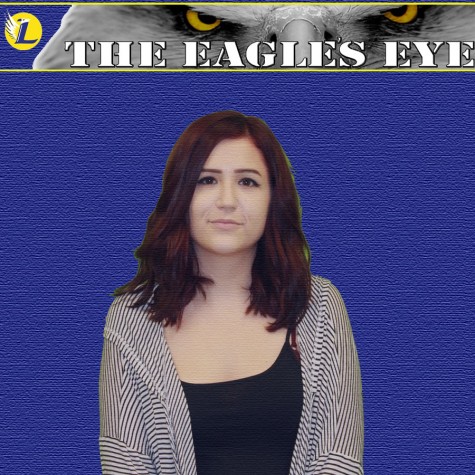Honors Blog #2
October 12, 2015
At the beginning of the book there was a discussion about how symbolization makes a big difference in propaganda and how it’s all about the way you frame your perspective. In 2003, U.S. tanks stormed into Baghdad to topple over the giant statue of Saddam Hussein, the Iraqi dictator. Now, this was all over American news channels and the news and politicians made it seem like this was an event with symbolic significance, similar to the falling of the Iron Curtain, and it really seemed like America liberated Iraq. But if you zoomed out of the large crowd of supporters that seemed to be supporting the event, you would see the crowd wasn’t that large and that Iraqis really wanted something different. While yes, Iraqis supported the end of Hussein, they didn’t support the fact that America was now pushing democracy into Iraq. Of course, America’s image of Iraq was completely different which lead to many misconceptions about America’s “beloved” involvement in Iraq.
I realized that again, there was a similarity between America’s involvement in Vietnam and its involvement in Iraq and the middle east. America was constantly pushing itself into Vietnam because there was s strong belief that communism would reign strong there and while yes, the people of Vietnam wanted liberation, they wanted liberation for themselves and in the name of Vietnam, not in the name of the U.S. Similarly, in Iraq, the Iraqis wanted liberation from Hussein but they wanted liberation for Iraq and they didn’t exactly fall for the idea of democracy. So like always, America seems to have a strong pattern in its involvement.
In a recent article written by Asawin Suebsaeng, he points out that the U.S. just recently turned to HBO, Snapchat, and award winning screen writter Mark Boal, to help them write/create new anti-ISIS propaganda. Mark Boal was a pretty obvious choice because he wrote the screen play for Zero Dark Thirty which dramatizied “that torture is what got Bin Laden.” The main point is to connect with young audiences which Rampton and Stauber pointed out in the book was something that U.S. propaganda failed to do in the Middle East in the early 2000’s. Marc Nathanson, who oversaw public broadcasting overseas at the time, said that “we have almost no youthful audience under the age of 25 in the Arab word…this important segment of the population has enormous distrust of the United States.”
On a funnier and brighter note, there is a whole issue with ISIS and their major use of Toyota vehicles and there’s a whole discussion going on about how: 1. ISIS is obtaining so many Toyota vehicles and 2. that it seems to be part of the ISIS brand. Many are arguing that this really seems to be ISIS’s way of showing themselves and by creating their own brand they are creating their own version of propaganda because according to Charlotte Beers, who at the time ran America’s image in the middle east, claimed that “the leverageable asset is the emotional underpinning of the brand.”







